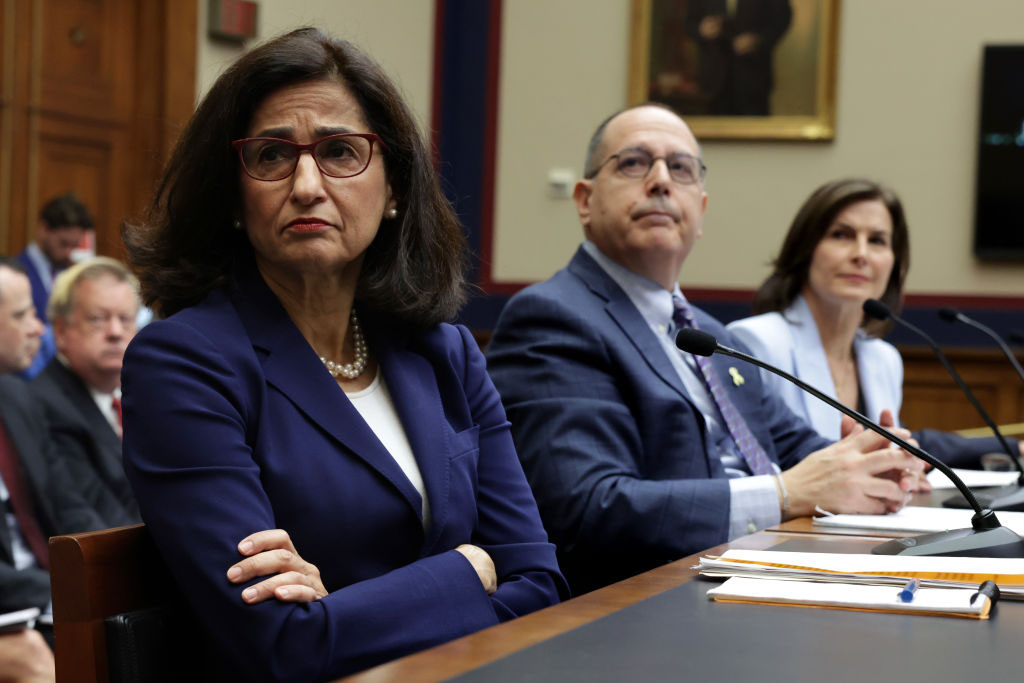Sorry Medicare. You’ve got it wrong!
Overwhelmingly, doctors’ reimbursement has been the target of government programs and insurance companies. The idea underlying this movement has been, pay doctors less and curtail their incentive to see patients and the cost of medical care will decrease. As a result of this faulty reasoning, we have ushered in the era of unhappy doctors, those retiring early, and those asking for extra payments to justify the hours needed to give proper care to the increasing aging and complicated patients.
Three decades ago, the diagnostic and therapeutic options were limited. We are now armed with real ammunition to fight off cancer, keep diabetes under control, avoid recurrent hospitalizations for heart failure and cure many infections in the office setting.
The largest cost of medicine occurs in hospitalization. A single emergency room visit often costs more than the outpatient care of an individual for an entire year.
A few years ago, I noted this backward mentality and set up the following systems in my office, effectively working as an urgent care, in addition to providing the usual preventative visits.
1- Each patient has my email address and can send me questions to which I supply rapid short responses, keeping them calm and away from rushing to the emergency department.
2- Acutely ill patients are brought in the same day, initiating diagnosis and treatment early in the course of disease so to avoid hospitalization.
3- Physician assistants can see walk-in patients and work up and address urgent issues. I also see every patient myself after they are evaluated by my assistants.
4- My electronic health records are accessible at all times to renew medications or call in an antibiotic which might have been suggested over an email.
5- All data for the past ten years, previous ECGs, laboratory readings, consultations, etc are readily available to me for comparison.
6- My in-house laboratory, ECG, stress machine, as well as other diagnostic equipment, backed up with certified personal allow real time diagnosis and triage. When a patient calls with chest pain, he is seen immediately with and ECG and a troponin etc, and can be observed and a stress test performed with appropriate risk stratification within a few hours, avoiding a much more costly hospitalization for a “rule out protocol”.
7- Systems are set up for colonoscopy, mammography, vaccinations for proper timely visits and screening tests.
As a result of such an orchestrated operation, I have one of the lowest hospitalization rates in the area. Most patients, unless surgical, or ICU candidates are cared for and triaged in my office. My staff works hard to call consultants or diagnostic centers (such as for CT or MRI) to ensure timely testing and treatment.
This type of aggressive outpatient practice that serves as both primary care and urgent care can save the system huge sums by avoiding hospitalization and/or even recurrent readmissions. However, the supervising physician must be both a good clinician and an efficient manager. Physicians like me work long hours and without much break. This plea is by no means self applauding. I am not alone. Many of my colleagues have done the same and boast curing conditions on an outpatient basis and keeping complicated patients out of the hospital.
However, in the past year, there has been a palpable shift in attitude. Many have lost their motivation to work that hard. The increasing overhead of running such a practice along with dwindling reimbursements are forcing many to reduce the cost of their systems and push patients to the emergency room. I am seeing an alarming increase in number of good physicians who just don’t care as before. They will do their obligation, and instruct their front office to direct overflow patients to the ER!
Sorry Medicare, you’ve got it wrong! To cut the cost of delivering medicine, pay outpatient doctors more to keep patients out of hospitals. Let outpatient doctors stay in their offices and incentivize them to cut hospitalization rates and ER visits. Let the hospitalists handle the acutely ill inpatients and return them back to the office promptly. And let the two groups of doctors cooperate and deliver the type of care for which this country was once blessed, with fulfilled doctors resulting in happy and healthy patients.






















 More news and opinions than at a Shabbat dinner, right in your inbox.
More news and opinions than at a Shabbat dinner, right in your inbox.